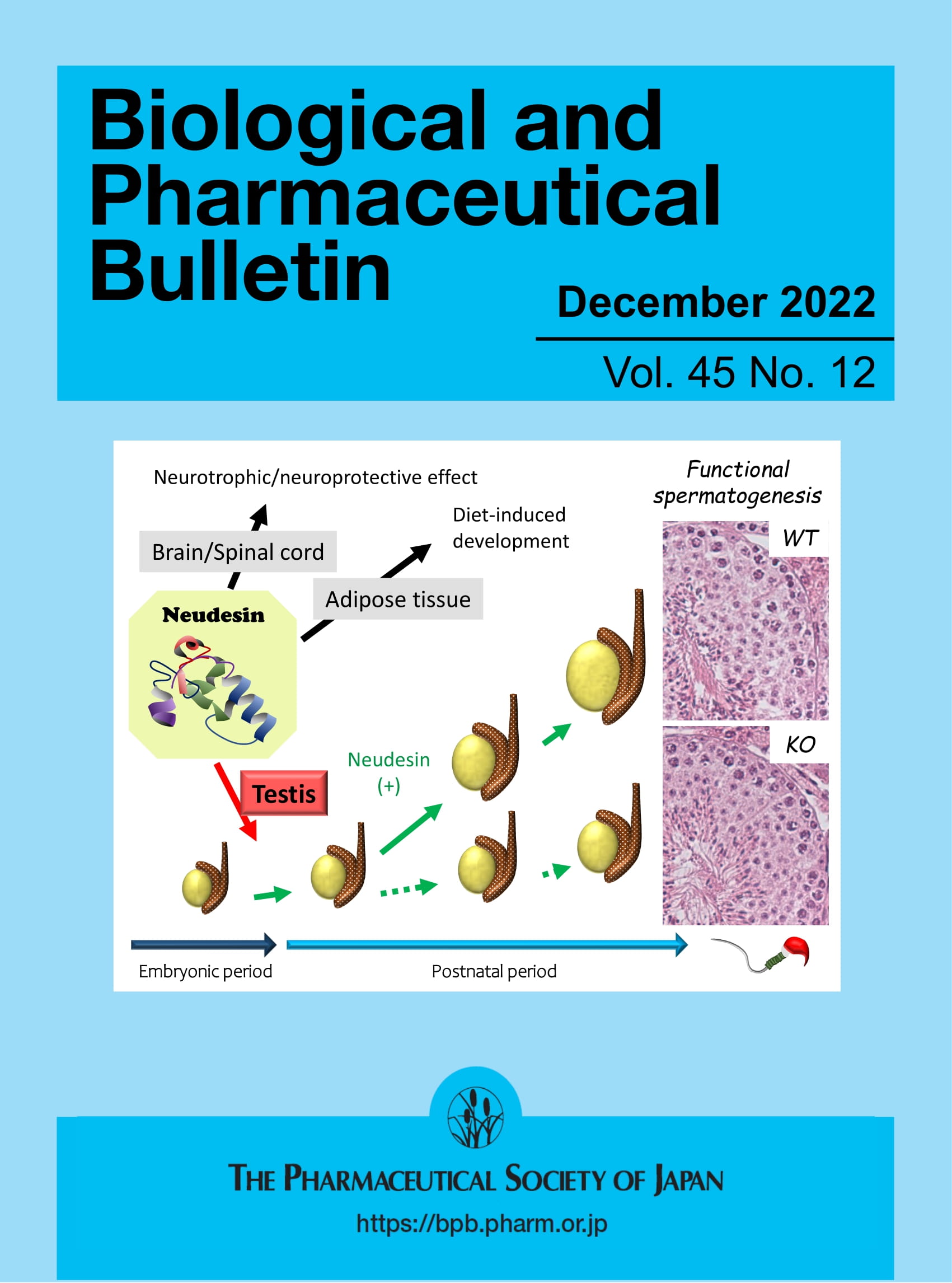Metabolomic Analysis of Patients With Patent Foramen Ovale and Migraine Using Liquid Chromatography-Mass Spectrometry Technology
Abstract
Objective
This study aims to examine the changes in metabolic profiles in patients with patent foramen ovale (PFO) and migraine, as well as in patients with isolated migraine, before and after surgical intervention using metabolomics.
Methods
Patients were categorized into four groups: the simple migraine (SM) group, the PFO with migraine preoperative group (PRE), the PFO with migraine postoperative Day 3 group (POST_3d), and the PFO with migraine postoperative Day 30 group (POST_30d). Untargeted metabolomics using liquid chromatography–mass spectrometry (LC-MS) were employed to identify differential metabolites across these groups. Differential metabolites were identified, their clinical diagnostic value was assessed, and a correlation analysis was conducted to examine changes in metabolic pathways before and after surgery.
Results
The expression levels of metabolites such as linoleic acid, quinolinic acid, homophenylalanine, and amphetamine showed significant changes in patients with PFO and migraine following surgery. Notably, linoleic acid demonstrated strong diagnostic potential for this patient population. Trend analysis revealed that the levels of 3-phenylpropionic acid and caffeine decreased on postoperative Day 3 and subsequently increased by postoperative Day 30, whereas gallic acid continuously declined. Compared to the PRE group, differential metabolites in the SM group were primarily associated with α-linolenic acid metabolism, niacin and nicotinamide metabolism, sphingolipid signaling, and tyrosine metabolism. In contrast, differential metabolites in the POST_3d group were predominantly enriched in phenylalanine metabolism, niacin and nicotinamide metabolism, protein digestion and absorption, and caffeine metabolism.
Conclusion
Linoleic acid may serve as a potential biomarker, and the activation of inflammation and oxidative stress-related pathways could contribute significantly to the development of complicated migraine in patients with PFO.

 求助内容:
求助内容: 应助结果提醒方式:
应助结果提醒方式:


